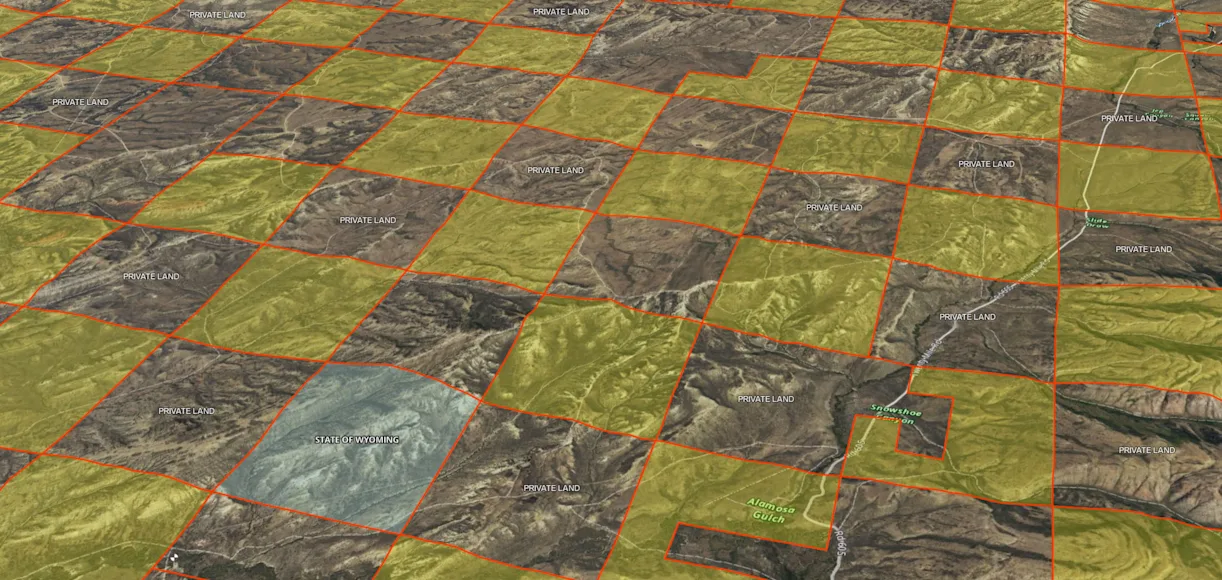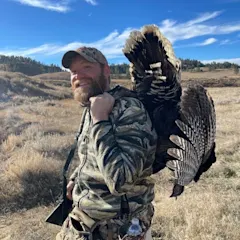Back in March 2025, the 10th Circuit Court of Appeals ruled that corner crossing—the act of moving from one checker-boarded parcel of public land to another—is now legal in 6 western states. Hunters and conservation groups celebrated the long-awaited decision at the time, but anxiety around the ruling cropped up in late July, when Fred Eshelman, the prominent land owner at the center of the case, appealed the decision all the way to the Supreme Court. This morning, SCOTUS declined to hear Eshelman's appeal. And the news is prompting another round of celebration from hunters, anglers, and public land advocates across the country.
Eshelman owns more than 23,000 acres in Carbon County, Wyoming under an LLC called Iron Bar Holdings. The corner crossing case originated in 2020 when he pressed charges against four elk hunters for using a ladder to cross between public land parcels that intersect with his Iron Bar Ranch. At the time, his attorneys argued that the hunters invaded Eshelman's airspace—though they never set foot on his private property.
Ryan Semerad, a criminal defense attorney based in Casper, Wyoming, has been representing the four Missouri men who Eshelman charged with trespass since the beginning of the case. "It's an important quick victory. What we would say in the business is, you've preserved your win below," Semerad told Field & Stream, speaking about SCOTUS's decision to deny certiorari in Eshelman's high-level appeal.
"The 10th Circuit's decision was incredibly important," he added. "It acknowledged that these checker-boarded public lands are accessible throughout the six states that fall within its jurisdiction. The [Supreme Court's] decision means that the 10th Circuit's ruling is sturdy. It's not going away. It's not going to be revisited. You can effectively say that the ruling is safe for three to four generations at a minimum."
The recently affirmed 10th Circuit decision only applies to Wyoming, New Mexico, Utah, Colorado, Oklahoma, and Kansas. Though a report from the popular GPS mapping brand OnX suggests that the ruling opens access to a whopping 3.5 million acres of checker-boarded public land, there are still more than 8 million acres of corner-locked public lands outside the 10th circuit's jurisdiction.
Read Next: Mike Lee’s Latest Attack on Public Lands Targets the Wilderness Act
According to Semerad, SCOTUS's decision to deny Eshelman's appeal could lead to expanded public land access via corner crossing in other western states like Montana, Idaho, California, Oregon, Washington, Nevada, and Alaska. "There hasn't been a test case like ours in the 9th Circuit yet, but it could happen," he said. "Our case went 10 rounds in Wyoming, the landowner lost at every stage, and the Supreme Court just reaffirmed it. That's strong evidence that we're right on the law everywhere—not just in the 10th Circuit. For now I'd say that the arc of history is bending in the direction of access, which is great."


